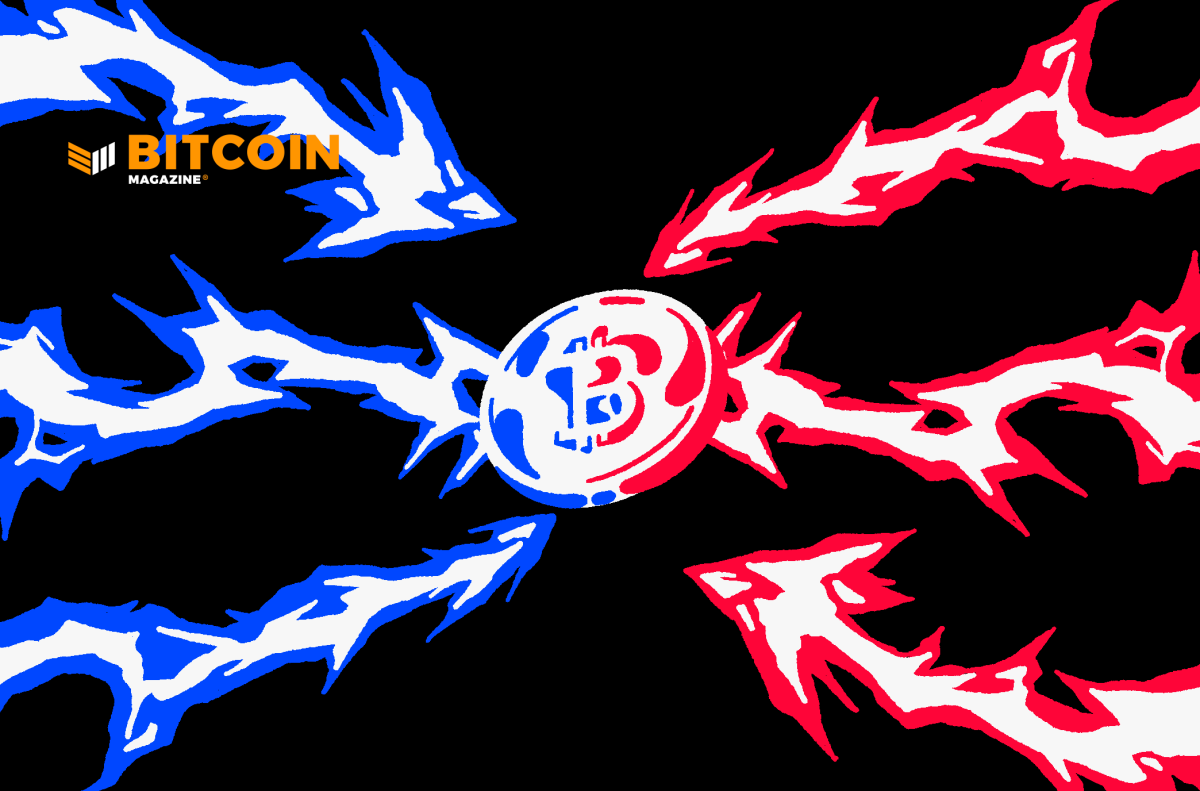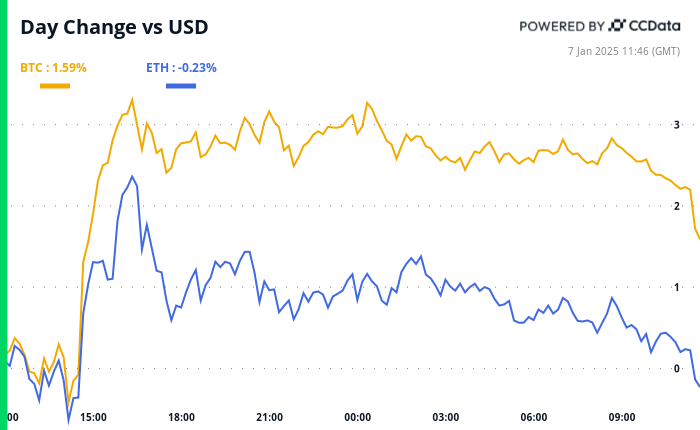This is an opinion editorial by Paolo Ardoino the chief technology officer at Bitfinex.
Ignore the avalanche (ba dum tsss) of fear, uncertainty and doubt (FUD) tumbling down from large sections of the popular press: Bitcoin is here to stay.
A recent joint report conducted by Boston Consulting Group, Bitget and Foresight Ventures forecasts that the number of crypto users will hit one billion by 2030. The report pointed out that the industry is early in its adoption phase with “plenty of growth to come.”
Despite clear signs of substantial market growth for years to come, skeptics still question the effectiveness and sustainability of cryptocurrencies such as bitcoin as a widely-accepted means of payment. Specifically, the question of scalability has repeatedly come up as a major obstacle to its widespread adoption.
Bitcoin’s focus on security and decentralization limits the ability to handle high throughputs of transactions within the network in short periods of time. This fact is often highlighted by its critics, suggesting that without the ability to quickly process giant blocks of transaction data, receiving payments for something as small as a cup of coffee will result in fees that exceed the price of the beverage itself.
If Bitcoin is going to live up to its full potential and become a means of payment in an alternative financial system, users must be able to execute transactions quickly and at a low cost. This is where the Lightning Network comes into play and why mass adoption of the network is critical to the success of Bitcoin becoming a true option for everyday payments.
The Lightning Network, a second-layer protocol designed to facilitate micropayment channels at scale brings Bitcoin back to its original purpose as a peer-to-peer payment network by taking transactions off-chain and enabling them to be completed in mere seconds and at a fraction of the cost.
According to data from BitcoinVisuals, the capacity of the Lightning Network has 4,700.623 bitcoin in liquidity flowing through the protocol at the time of this writing. With the capacity of the Lightning Network steadily increasing over the past year, even in the face of a bear market, this growth in utilization proves that the technology powering these systems is still in its infancy.
Bitcoin’s Real-World Adoption Is Growing
Bitcoin has already seen rapid growth and adoption, even being adopted as legal tender in emerging economies such as El Salvador’s and the Central African Republic’s. The Lightning Network enables brick-and-mortar shops in these countries to accept bitcoin as payment for Big Macs or frappuccinos, via mobile devices.
And the widespread embrace of small cryptocurrency transactions for daily goods and services hasn’t stopped there. Payments apps such as El Salvador’s Chivo Wallet offer low-cost, high-speed transactions, and Cash App integrated the Lightning Network in February, making zero-fee bitcoin payments available for its customers. With this widespread adoption, popularity has soared as payment volume on the Lightning Network grew 410% over the past year. Additionally, according to a report from Arcane Research, payments on the Lightning Network were available to over 80 million people in March of this year, compared to only 100,000 people back in August 2021.
As more cryptocurrency exchanges integrate the Lightning Network into their platforms, the number of people that have access to low-cost, high-speed payments will only continue to grow, making the payments industry ripe for disruption. Even crypto-skeptical superpowers are taking note, as two U.S. senators introduced legislation this summer to make small crypto transactions tax free.
But the benefits of Lightning Network go beyond making payments low cost and high speed for the daily user on the go. Some companies are even exploring how they can take this tool of financial freedom and apply it to protecting freedom of speech.
Protecting Freedom Of Speech With Bitcoin
True…
Read More: bitcoinmagazine.com









 Bitcoin
Bitcoin  Ethereum
Ethereum  XRP
XRP  Tether
Tether  Solana
Solana  Dogecoin
Dogecoin  USDC
USDC  Cardano
Cardano  Lido Staked Ether
Lido Staked Ether  TRON
TRON  Avalanche
Avalanche  Sui
Sui  Wrapped stETH
Wrapped stETH  Chainlink
Chainlink  Toncoin
Toncoin  Shiba Inu
Shiba Inu  Stellar
Stellar  Wrapped Bitcoin
Wrapped Bitcoin  Hedera
Hedera  Polkadot
Polkadot  WETH
WETH  Bitcoin Cash
Bitcoin Cash  Uniswap
Uniswap  Pepe
Pepe  Hyperliquid
Hyperliquid  LEO Token
LEO Token  Litecoin
Litecoin  Wrapped eETH
Wrapped eETH  NEAR Protocol
NEAR Protocol  Ethena USDe
Ethena USDe  USDS
USDS  Aptos
Aptos  Internet Computer
Internet Computer  Aave
Aave  Render
Render  Mantle
Mantle  Bittensor
Bittensor  Cronos
Cronos  POL (ex-MATIC)
POL (ex-MATIC)  Ethereum Classic
Ethereum Classic  Artificial Superintelligence Alliance
Artificial Superintelligence Alliance  WhiteBIT Coin
WhiteBIT Coin  Virtuals Protocol
Virtuals Protocol  Arbitrum
Arbitrum  MANTRA
MANTRA  Tokenize Xchange
Tokenize Xchange  Monero
Monero